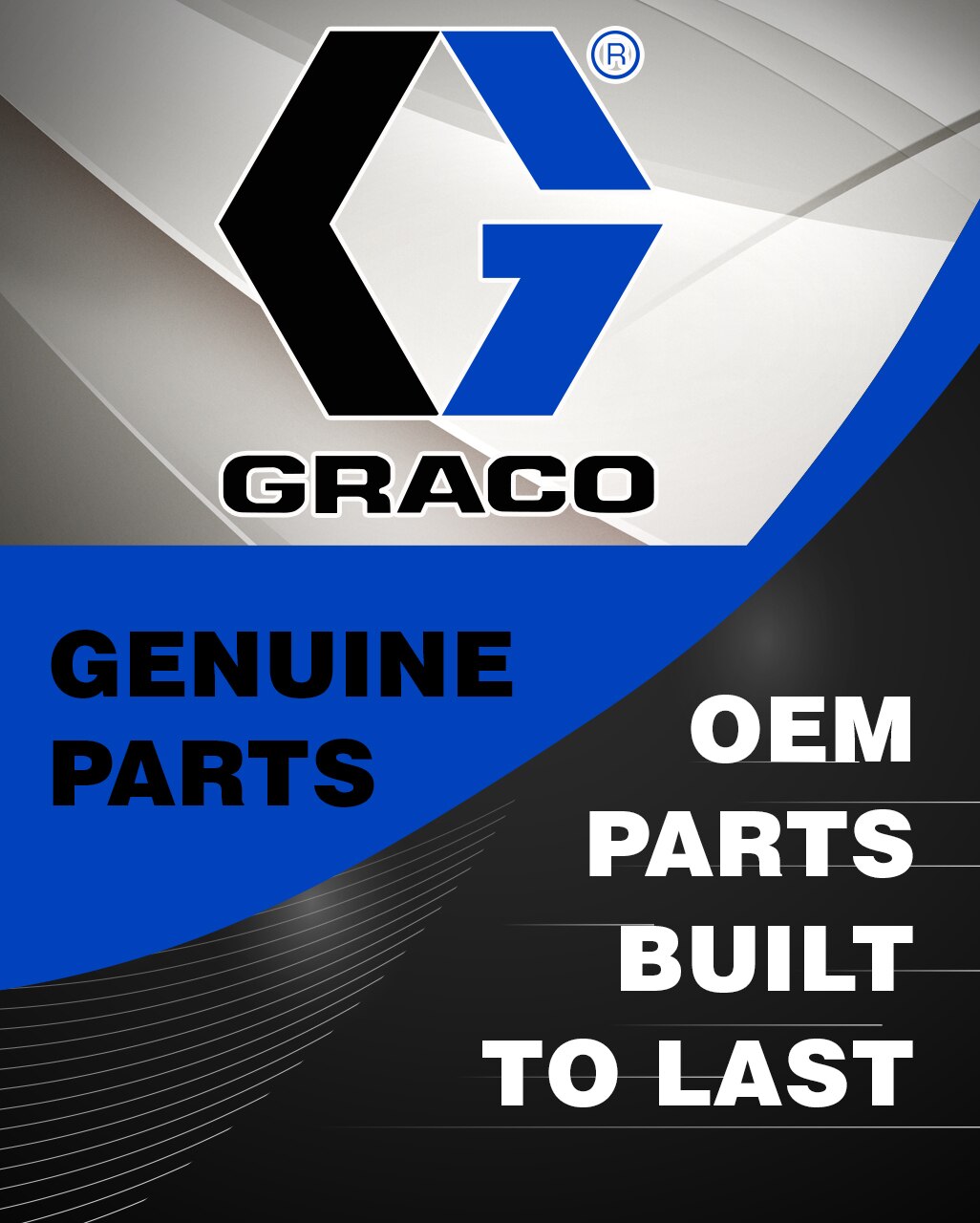

The Graco 116473 Vented Ball Valve .250 is a ¼‑inch vented (bleed‑type) ball valve designed for safe fluid or air shut‑off with pressure release — ideal for maintenance, draining, or pressure relief in sprayer, pump or fluid‑handling systems.
Overview
The Graco 116473 Vented Ball Valve .250 is a genuine OEM vented ball valve designed for fluid or air‑handling systems. Its ¼″ port size and vented/bleed‑type design enable safe control and release of pressure or fluid when closing the line — helping prevent pressure lock and protecting seals or internal components. This makes it ideal for sprayers, pump carts or fluid‑delivery systems where pressure buildup must be safely relieved. :contentReference[oaicite:3]{index=3}
No publicly available all‑model list for this part number.
This valve is typically used in fluid or air‑handling assemblies, pump carts or sprayer systems that require a vented ball valve for draining or pressure relief. To confirm compatibility, check your machine’s parts diagram or service manual — if it lists a ¼″ vented ball valve (or part 116473), this is the correct replacement.
This vented ball valve is beneficial when you need to:
Subscribe to our newsletter to get exclusive discounts and new theme launches right in your inbox.
You may unsubscribe at any moment. For that purpose, please find our contact info in the legal notice.
![]()
![]()
![]()
![]()